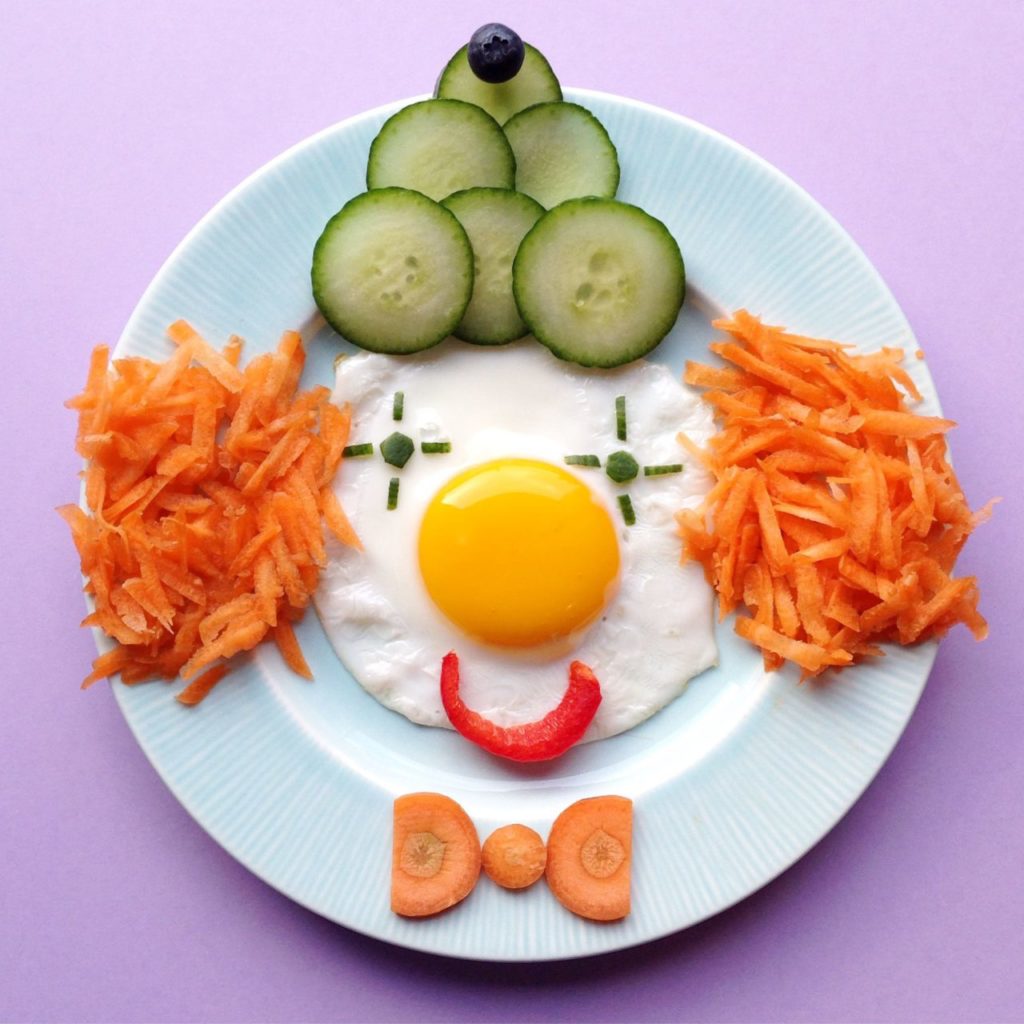
The best Eggs cooked so your child will eat them.
My children definitely go through phases of loving and hating eggs. As you know from my other blog on eggs I’m a big fan of them so I panic a little when the hating phase lasts longer than I’d like. This has led me to experiment with lots of ways to cook and serve eggs.
But firstly…
What eggs should you buy?
The simple answer is to buy the best you can find. And the best are pastured eggs. The chickens have been left to roam free outdoors and to eat a diet that is natural to them. This makes for happy hens and tasty nutritious eggs. Yes, there is a nutritional difference. Pastured eggs have higher levels of omega 3 and certain micronutrients like vitamins E & A. The protein and calorie content is comparable to the factory farmed ones. The downside of these eggs is that they are more expensive.
If you can’t find pastured then buy organic or free range. If buying free range, do some research into the farms as not all free range are the same. In Australia, free range labeling means 10,000 hens per hectare (around 1 meter squared each), which I think is still crowded. The Australian Certified Organic Standard labeling is better and indicates more humane treatment and a better ratio of 1,500-2,500 per hectare. In Europe, free range means 2,500 per hectare and in the US they just have to provide some form of outdoor access to the chickens. So there are big differences and their diet isn’t directly considered.
In my opinion the worst eggs, both for humans and the chickens, are regular battery chicken eggs. The cruelty these chickens endure breaks my heart, which to me is reason enough not to support these businesses.
Does the colour of the yolk mean anything?
I once read that the deeper yellow the yolk, the “healthier” the egg. Well, there may or not be some truth to this. The colour depends on the chickens’ diet. Eating a more natural diet can definitely produce that beautiful deep yellow but so will adding marigold petals to chickens’ feed. These petals don’t add nutritional value. So although some may argue the deeper colour makes them tastier, there’s no evidence it automatically makes them better nutritionally. The real indicator of the quality of the egg is what the chickens are fed and how they are cared for.
How to get your child to eat them
Children can be fussy which can be totally disheartening especially if you’ve carefully prepared a beautiful meal only for it to be flatly refused! But please try to persevere. This means offering foods many times or even trying different recipes to work out what your child enjoys. You can also make eating more fun with food decorating like the clown in the pic above. Although it looks amazing and can encourage some children to eat, I must be honest that I find it too time consuming and I don’t think it develops good eating habits if it becomes the only way your child will eat.
Here are some simple recipe ideas to inspire you.
Simple boiled eggs:
Gently lower room temperature eggs into boiling water on a tablespoon for 5 (soft) to 8 (hard) minutes depending on how firm you want the yolk. Then remove and run under cold water peeling when cool enough.
Can either serve with toast or vegetable fingers to dip into soft yolks or if hard-boiled, just halve and serve with a platter of vegetables or with avocado, tomatoes and olives as an easy meal.
Scrambled eggs or omelettes:
Play around with this… Can be sweet (e.g. add cocoa or vanilla essence and/or berries) or savoury (e.g. add in vegetables of choice with grated cheese).
Eggy dips:
This is my cheat to add extra nutrition to dips you know your child enjoys. For example, my daughters don’t notice when I add chopped hard-boiled egg to their hummus dip. I’m not a big fan of hiding food all the time but little nutrient boosts can make this doctor mama smile.
Eggy pancakes:
Never mind the children, this is one of my favourite breakfasts!
Add 2 eggs and 1 banana into a food processor and blend well. Optional to add some oats, berries, or other flavouring like cinnamon, vanilla, maple syrup or cacao/cocoa* powder while blending. Experiment with what flavours your child enjoys. Cook slowly in a frying pan on a low heat as you would regular pancakes or make one large one and cut into wedges. I like to use butter or coconut oil in the pan.
*The cacao or cocoa powder I suggest isn’t powdered chocolate with added sugars but rather a less processed (and less sweet) powder with more goodness.
Eggy muffins or mini frittatas:
This is another super easy recipe that also makes great use of leftovers. Cut up left over cooked vegetables into small pieces and portion into a muffin tin. Then pour over lightly beaten egg, top with grated Parmesan and bake at 180’ Celsius until set. Roasted vegetables are especially nice and you can add feta chunks for more protein and calcium. These are easy to freeze and use in school lunch boxes.
Another suggestion is just adding extra eggs to your favourite muffin recipe. I’ve found it doesn’t change the muffin radically. Or you can try my banana muffin recipe here.
I hope you and your children now feel egg-cited to eat more eggs. (Sorry, I couldn’t resist!)
